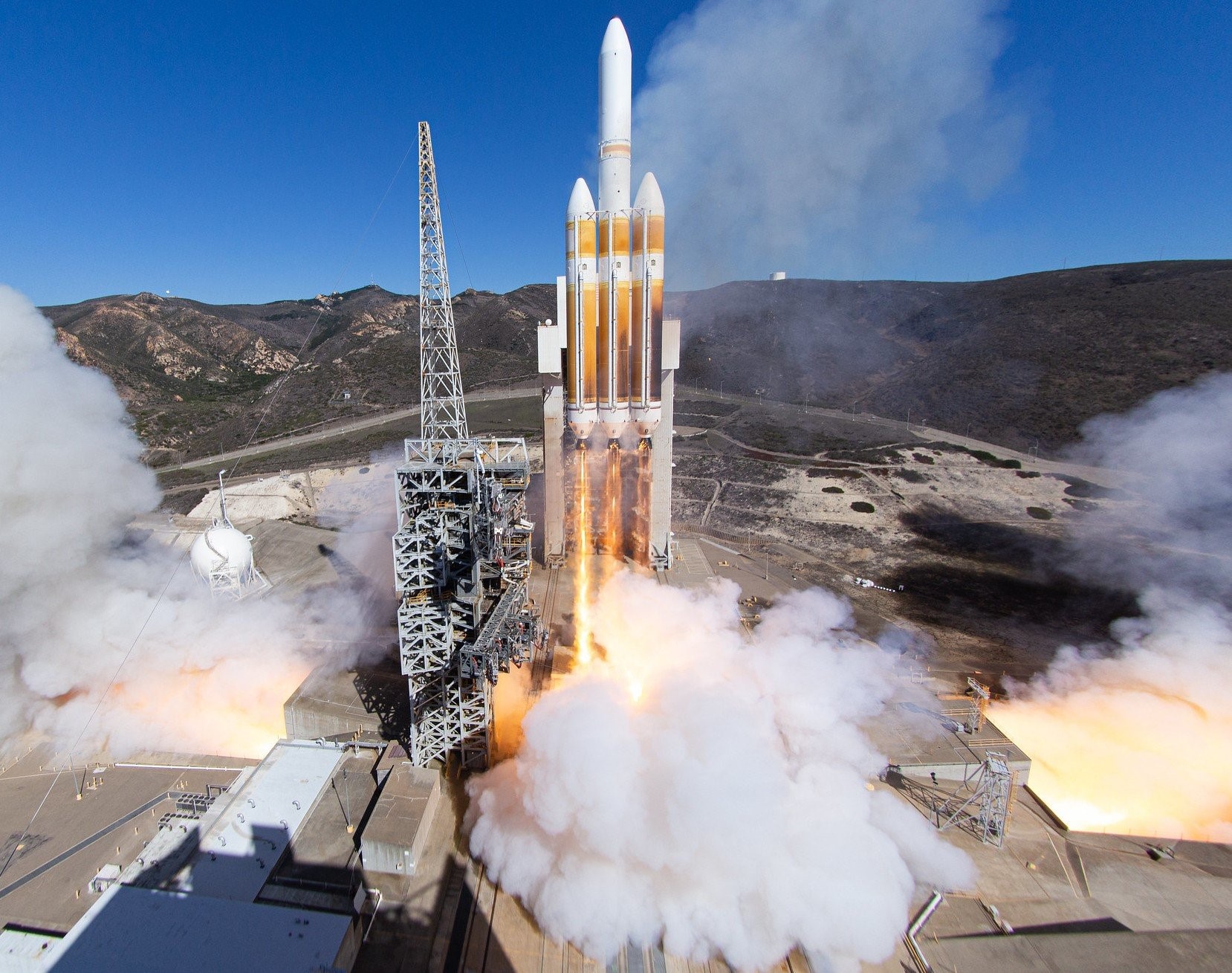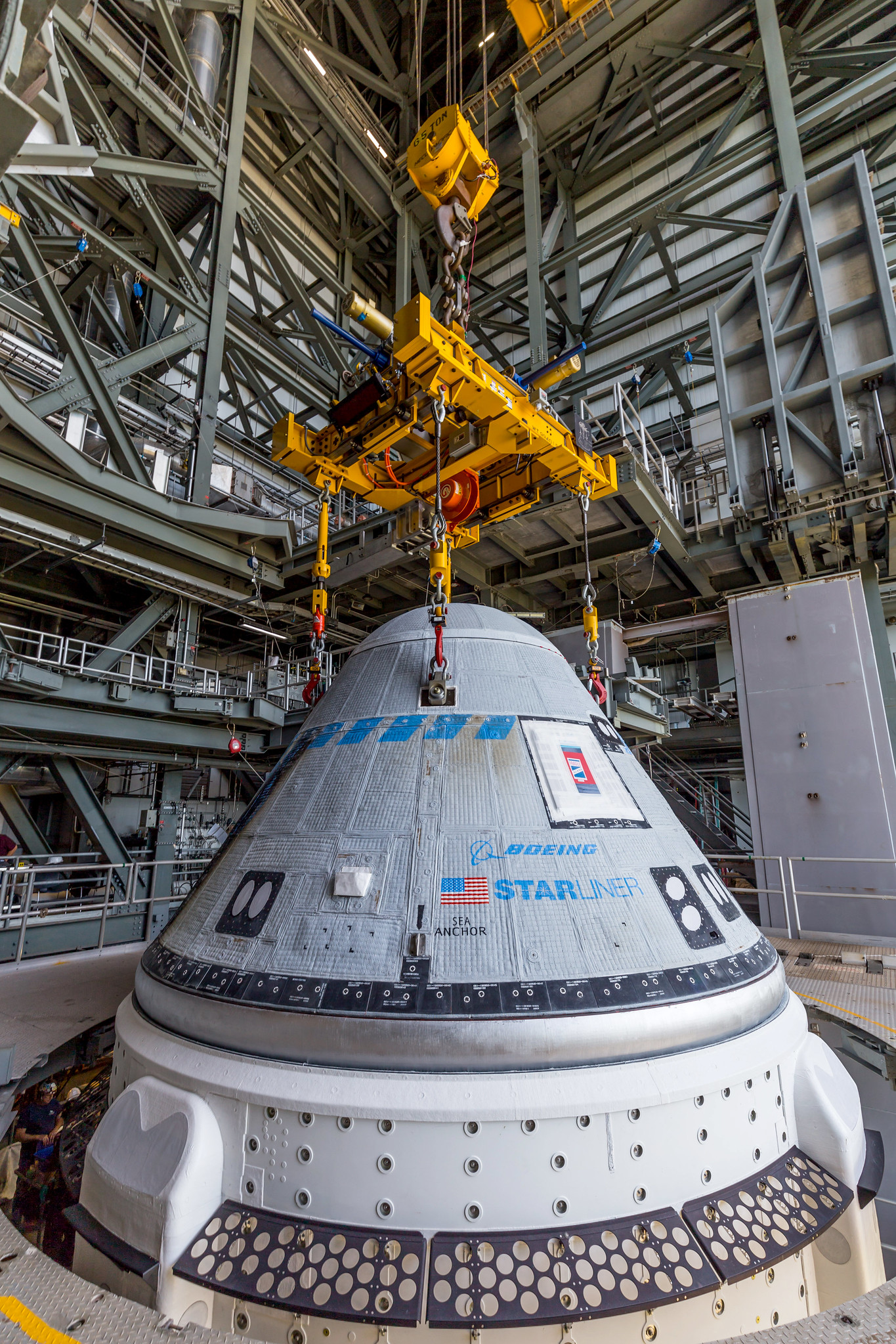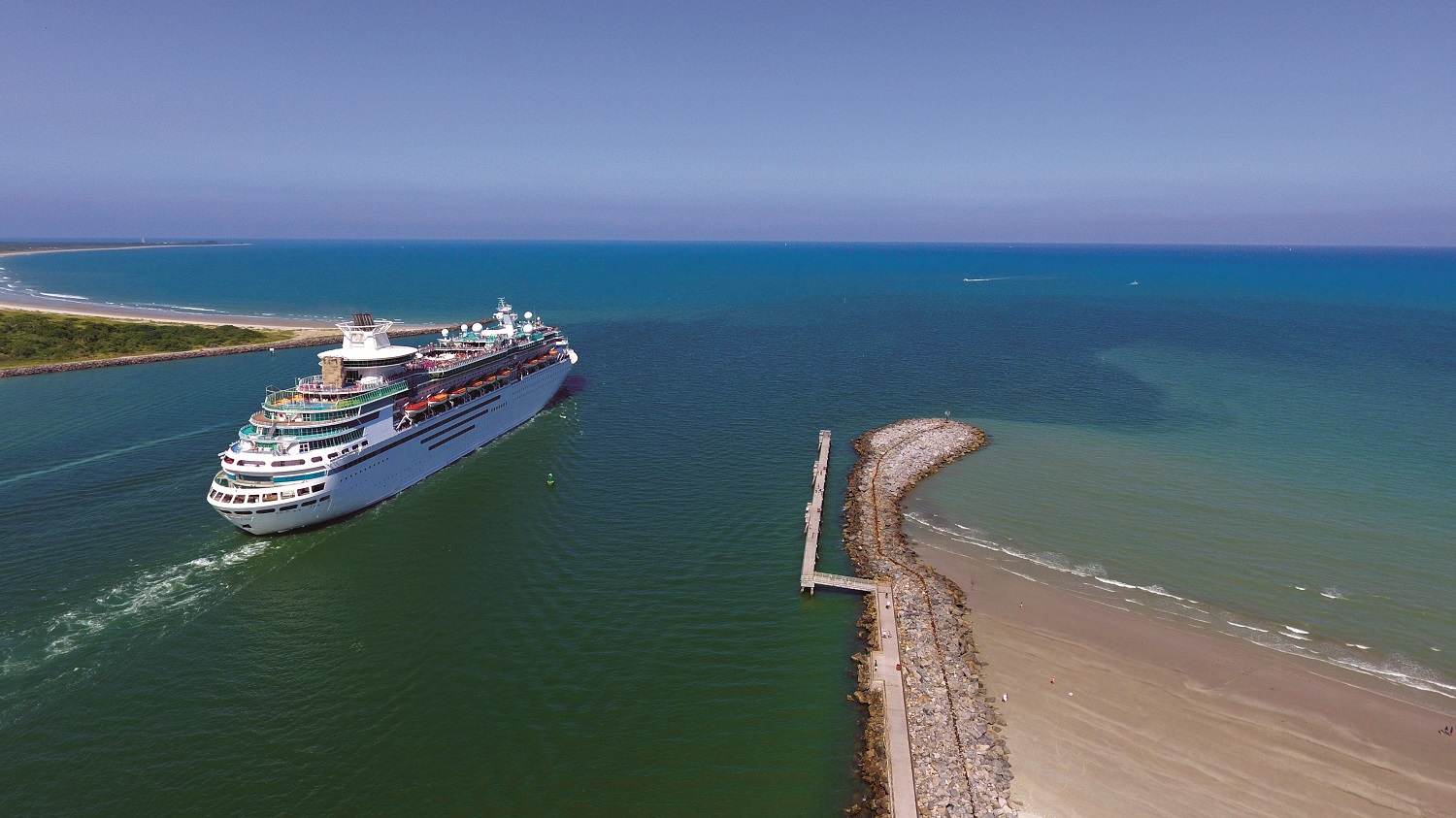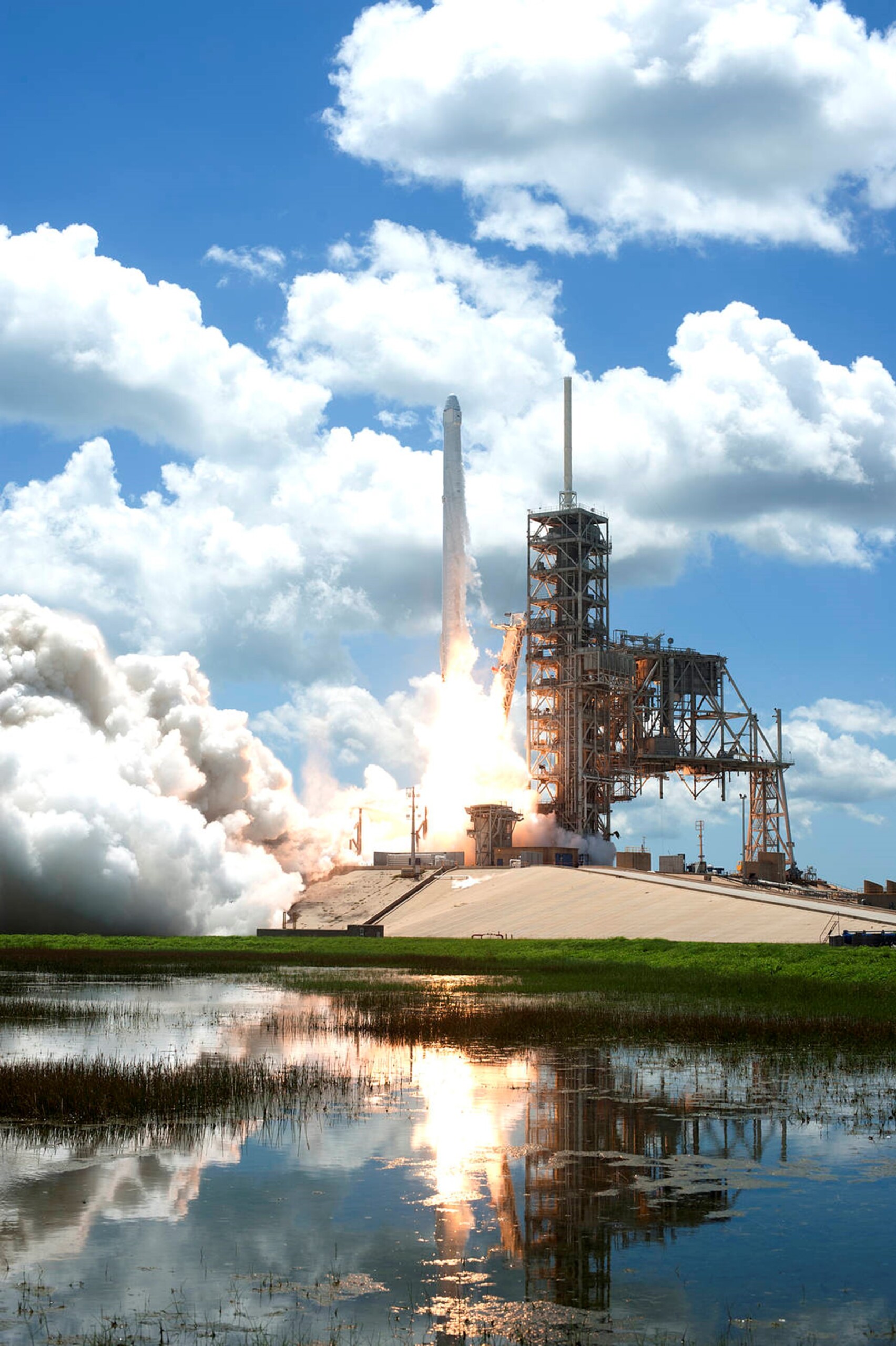Delta IV Heavy to Take Final Flight
March 27, 2024 – (from ULA) As preparations continue for the final launch of the Delta rocket, United Launch Alliance (ULA) salutes the generations of current and former Delta teammates who designed, built, assembled and launched this storied family of rockets for the past 63 years.
Delta is completing its mission as ULA transitions to the new Vulcan rocket that incorporates some of the best attributes of both Delta and the Atlas fleets to continue assured access to space for the next era.
“While we near the final liftoff, the Delta legacy will live on through Vulcan,” said Gary Wentz, ULA vice president of Government and Commercial Programs. “We also take this moment to celebrate the thousands of men and woman who made the Delta program such a success over the decades. We carry their lessons and wisdom with us into the future.”
Launch of the Delta IV Heavy rocket carrying the NROL-70 national security mission is planned for March 28 at 1:40 p.m. EDT (1740 UTC) from Space Launch Complex (SLC)-37 at Cape Canaveral Space Force Station, Florida.
Initiated in the late 1950s by NASA, the Delta program was derived from the Thor intermediate-range ballistic missile and used Vanguard components as the second and third stages to deliver a payload of 120 pounds (54 kg) to geosynchronous transfer orbit and 400 pounds (181 kg) to low-Earth orbit.
When the first Delta rocket was launched, on May 13, 1960, from SLC-17 at Cape Canaveral, Dwight Eisenhower was president, the No. 1 song in the nation was “Stuck on You” by Elvis Presley and a loaf of bread cost approximately 20 cents.
The rocket family has a remarkable success rate over six decades of flights, which numbers 388 launches to date. There have been 293 from the Space Coast and 95 from Vandenberg SFB, California.
Through the years, Delta became bigger, more advanced and capable of carrying heavier satellites into Earth orbit and around the solar system. Design changes included larger first stage tanks, addition of strap-on solid rocket boosters, increased propellant capacity, an improved main engine, adoption of advanced electronics and guidance systems, and development of upper stage and satellite payload systems.
Delta rockets have grown from 90 feet (27.4 m) in height and a mass of 112,000 pounds (50,800 kg) in the early days to today’s towering Delta IV Heavy at 235 feet (71.6 m) tall and weighing 1.6 million pounds (725,750 kg) at launch. Liftoff thrust also increased dramatically from 150,000 pounds (667 kiloNewtons) in 1960 to 2.1 million pounds (9,341 kiloNewtons) today.
The Delta IV family of medium-to-heavy launch vehicles became operational in 2002. The first Delta IV launch, of Eutelsat’s W5 commercial satellite, took place on Nov. 20, 2002, and the first payload delivered for the U.S. Air Force’s Evolved Expendable Launch Vehicle (EELV) program was the DSCS A3 communications satellite on March 10, 2003. ULA successfully launched the first operational Delta IV Heavy on Nov. 10, 2007, carrying a Defense Support Program satellite.
The Delta IV is the final chapter of the Delta family’s success story. There have been 44 Delta IV launches thus far, all successful, for the Air Force, Space Force, National Reconnaissance Office, NASA and commercial customers. The triple-barreled Delta IV Heavy became America’s trusted heavy-lifter, launching NASA’s first Orion spacecraft on an uncrewed flight test and sent the Parker Solar Probe to surf the atmosphere of the Sun.
Source: ULA

PARTNER WITH US








